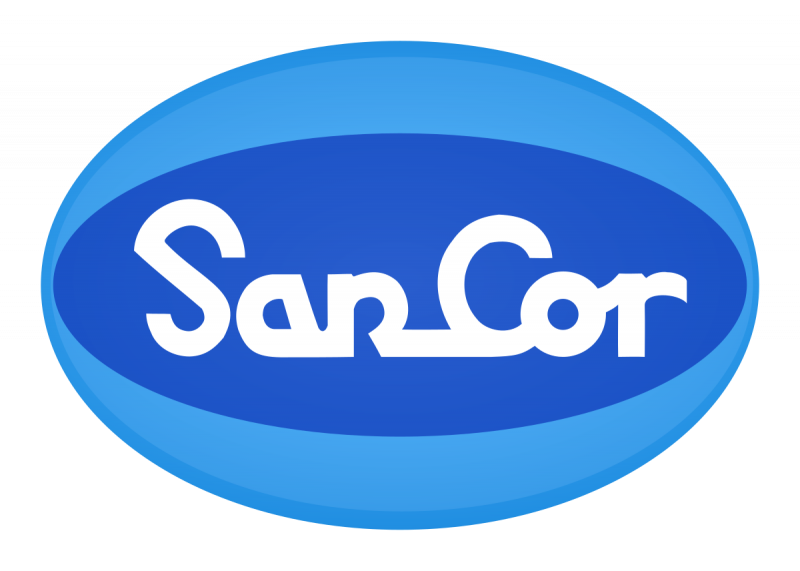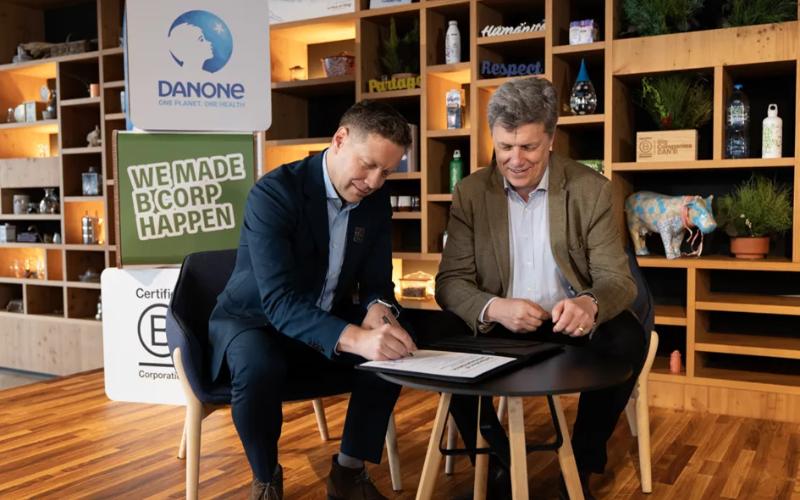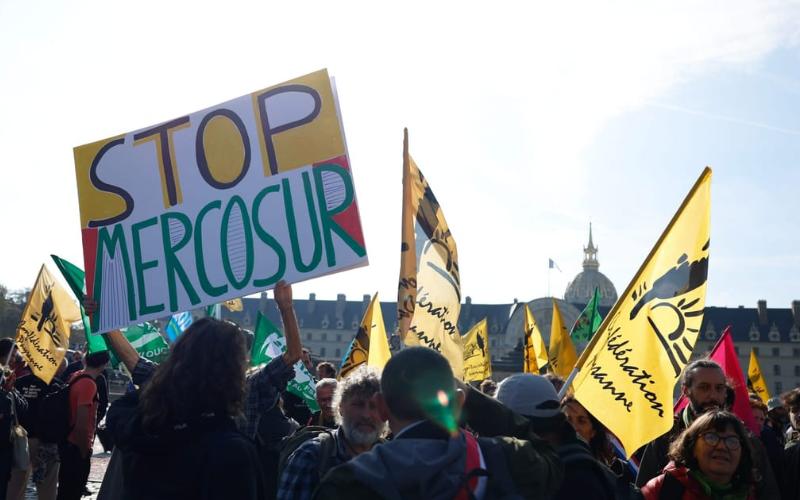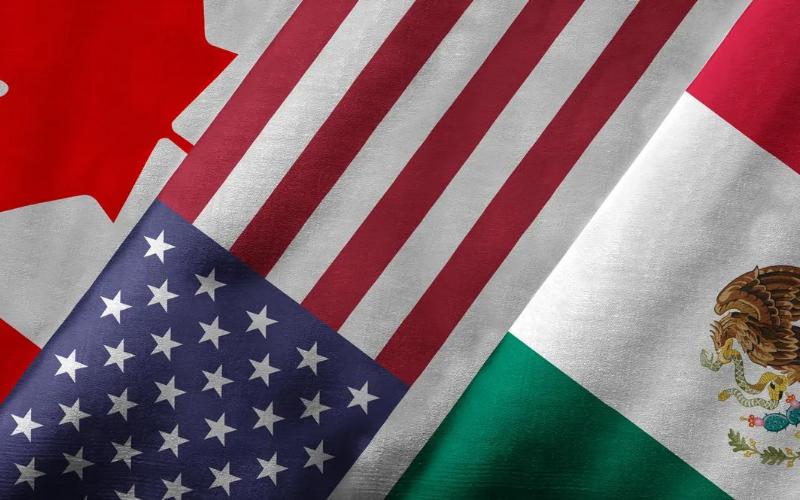SanCor’s Collapse: The Slow Unraveling of Argentina’s Dairy Giant

A Deal That Never Was
SanCor’s troubles trace back to November 2006, when the cooperative entertained an offer from Adecoagro—backed by billionaire George Soros—to inject $120 million in exchange for a 62.5% stake in a newly structured company. The deal, however, collapsed under the weight of political resistance during the populist administration of President Néstor Kirchner. Instead, SanCor opted for an alternative: financing from Venezuela’s Banco de Desarrollo Económico y Social (Bandes).
At the time, this decision was heralded as a lifeline. Yet, the arrangement proved disastrous. Payments for SanCor’s exports to Venezuela were funneled through the politically charged ‘Néstor Kirchner’ trust within the ‘oil for food’ program. The transactions, tainted by opaque overpricing schemes, resulted in payment delays that forced SanCor into high-interest borrowing—deepening the very crisis the deal had sought to avert.
Financial Ruin and Worker Backlash
The cooperative’s downward spiral accelerated in the 2010s, culminating in its recent filing for creditor protection. The move follows a string of layoffs, including 300 dismissals this year, sparking protests by former employees at SanCor’s Pan-American Highway distribution center.
Workers claim that the company, in collusion with Argentina’s powerful dairy workers’ union (ATILRA), is strategically draining assets while planning to replace dismissed employees with union-affiliated hires. Meanwhile, employees who remain on payroll report three months of unpaid wages and missing bonuses, exacerbating their financial distress.
The Wider Industry Fallout
SanCor’s crisis is not isolated. Argentina’s dairy industry has been strained by fluctuating milk prices, inflation, and erratic government policies. Farmers have long struggled with an unbalanced pricing model, selling milk at 450 pesos per liter while retailers charge consumers three times that amount.
Pedro Morini, Secretary of the Milk Producers Board of Santa Fe (MeProLSaFe), believes SanCor’s recovery is improbable. “Only a miracle could save it,” he told Radio UNR, noting that despite handling over a million liters of milk daily, the cooperative has lost the trust of its suppliers—a critical blow for a business reliant on steady milk deliveries.
Attempts at Survival
SanCor has attempted to stave off collapse through aggressive asset sales, offloading $384 million worth of infrastructure, including its infant formula division and key processing plants. Yet these moves have done little to reduce its financial burden.
Now, the cooperative is exploring new investor partnerships, though skepticism abounds. Given its history of financial mismanagement and political entanglements, SanCor may struggle to attract serious buyers. Some analysts warn that further asset liquidation could mark the final dismantling of what was once Argentina’s premier dairy cooperative.
The Road Ahead
As 2025 approaches, Argentina’s dairy industry faces a reckoning. While other cooperatives, such as Uruguay’s Conaprole, have navigated financial turbulence through intergovernmental agreements, SanCor has repeatedly miscalculated its survival strategy. What was once an emblem of Argentina’s agricultural might now stands as a cautionary tale of political interference, financial mismanagement, and economic fragility.
For the thousands who depend on SanCor—workers, suppliers, and farmers alike—the coming months will determine whether the cooperative can be salvaged or whether its decline is irreversible.











